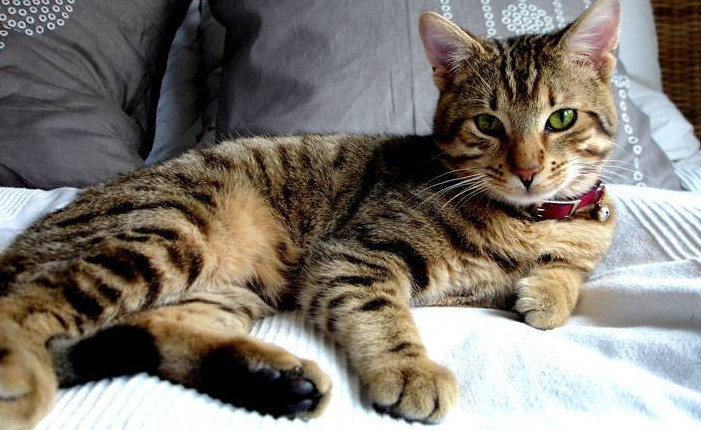The overactive thyroid in cats is also called hyperthyroidism. It is a common glandular disorder in cats. It is frequently caused by excessive concentration thyroxine circulation of thyroid hormone. The disease was diagnosed from a physical examination from the vet. It is common to see hyperthyroidism in middle to an older age.
Causes of overactive thyroid in cats
The overactive thyroid in cats is caused by increasing thyroid hormone production. In most cases, some thyroid gland enlargement is caused by a non-cancerous tumor called adenoma. Other rare causes are caused by malignant tumors known as thyroid adenocarcinoma.
Overactive Thyroid in Cats symptom
Cats that suffer from an overactive thyroid usually develop various signs that can be severe as the disease grows. The main symptom of overactive thyroid in cats is weight loss and appetite increasing. The other symptoms include hyperactivity, increasing urination and thirst, and vomiting. Hyperthyroidism can lead to secondary problems such as high blood pressure and heart disease. For this reason, proper treatment should be chosen to improve or resolve the problem completely.
Cats Overactive Thyroid Treatment
There are four options of treatment for cats with an overactive thyroid. Each treatment has its pros and cons. The treatment will depend on the patient’s status including the owner’s ability and willingness to follow medication and financial consideration.
- Oral Medication. Oral medication is highly- effective to treat overactive thyroid in cats. It can take 2-3 weeks. Unfortunately, it has side effects such as vomiting, lethargy, and loss of appetite. Most of the side effects are mild and resolved.
- Radioactive iodine therapy. It can be counted as the safest and effective treatment for overactive thyroid in cats.
- Dietary therapy. Certain cases show that limiting the iodine amount can be a viable option for disease treatment. The treatment is still controversial due to the long-term iodine restriction can affect overall health and possibility and lead to worsening hyperthyroidism.
- Surgery removal. It is a treatment used to treat overactive thyroid caused by a benign tumor called thyroid adenoma or thyroid glands. Most of the overactive thyroid cats have benign and well-capsulated tumors that are easy to remove. The surgery can be costly in front compared with other medications. However, surgery can end up with less expensive costs rather than costs for years of taking oral medication and recheck bills.
When your cat is diagnosed with an overactive thyroid in cats, your vet will recommend which treatment you should take.







